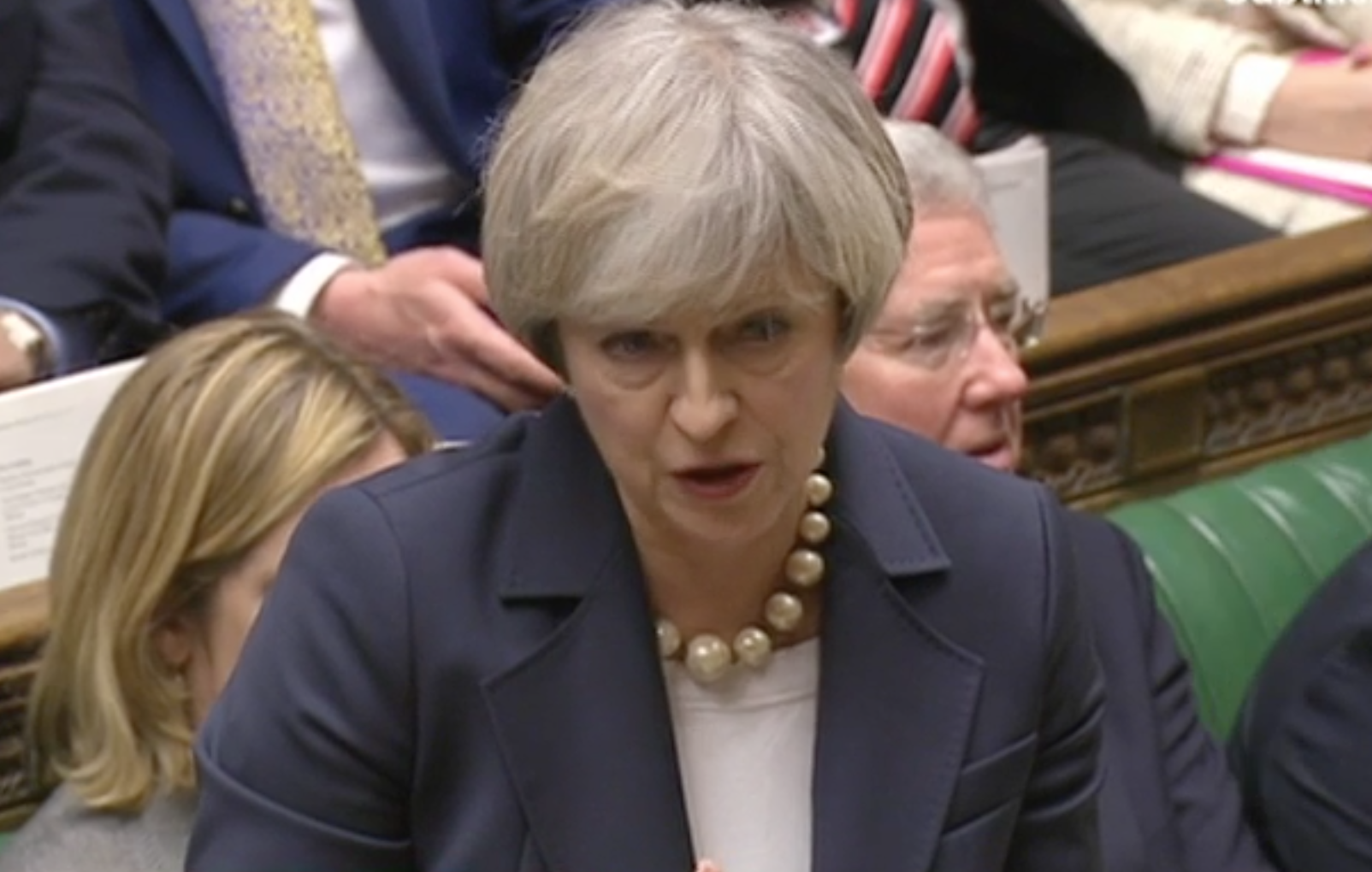Embarrassing error in Brexit white paper claims British workers are entitled to 14 weeks holiday
The paper appears to have been drawn up at short notice

Your support helps us to tell the story
From reproductive rights to climate change to Big Tech, The Independent is on the ground when the story is developing. Whether it's investigating the financials of Elon Musk's pro-Trump PAC or producing our latest documentary, 'The A Word', which shines a light on the American women fighting for reproductive rights, we know how important it is to parse out the facts from the messaging.
At such a critical moment in US history, we need reporters on the ground. Your donation allows us to keep sending journalists to speak to both sides of the story.
The Independent is trusted by Americans across the entire political spectrum. And unlike many other quality news outlets, we choose not to lock Americans out of our reporting and analysis with paywalls. We believe quality journalism should be available to everyone, paid for by those who can afford it.
Your support makes all the difference.An embarrassing error has been identified in the Government’s Brexit white paper, casting doubt on the care taken when drawing up the document.
A chart in the paper comparing British and EU standards for holiday leave and maternity leave claims Britons are entitled to 14 weeks paid holiday a year – ten further than stipulated under EU law.
In fact, British workers are entitled to five weeks holiday, just slightly more than the basic standard required by the union.
The error appears to be due to a mislabelled key on the chart, which is supposed to reassure readers that workers rights are not under threat from Brexit.
The apparent slapdash approach to drawing up the paper – which was announced just last week by the Prime Minister – will give force to claims that it simply a longwinded restatement of the Prime Minister’s speech last month.
Furthermore the document's creation date is time-stamped as "Feb 2nd. 04:26am" – suggesting it was an all-night last-minute job.
There was also further confusion in the House of Commons today after Brexit Secretary David Davis appeared confirm the UK would be completely leaving the customs union.
Asked by Tory MP Edward Leigh whether the UK would be leaving, Mr Davis said the policy outlined in the white paper “amounts to exactly that”.
By contrast the white paper itself actually appears to echo Ms May’s ambiguous claims about the future of the UK’s participation in the customs union.
“The UK will seek a new customs arrangement with the EU, which enables us to make the most of the opportunities from trade with others and for trade between the UK and the EU to continue to be as frictionless as possible,” the paper in fact states.
“There are a number of options for any new customs arrangement, including a completely new agreement, or for the UK to remain a signatory to some of the elements of the existing arrangements. The precise form of this new agreement will be the subject of negotiation.”

The text accompanying the inaccurate holiday graph says: “These rights were the result of UK Government actions and do not depend on membership of the EU.
“The Government is committed to strengthening rights when it is the right choice for UK workers and will continue to seek out opportunities to enhance protections.”
In her speech last month Ms May outlined 12 point that the Government would focus on – with some however as vague as “12. Delivering a smooth, orderly exit from the EU”.
Little new specific information about the shape of Brexit was contained in the white paper released today.
Subscribe to Independent Premium to bookmark this article
Want to bookmark your favourite articles and stories to read or reference later? Start your Independent Premium subscription today.
Join our commenting forum
Join thought-provoking conversations, follow other Independent readers and see their replies
Comments